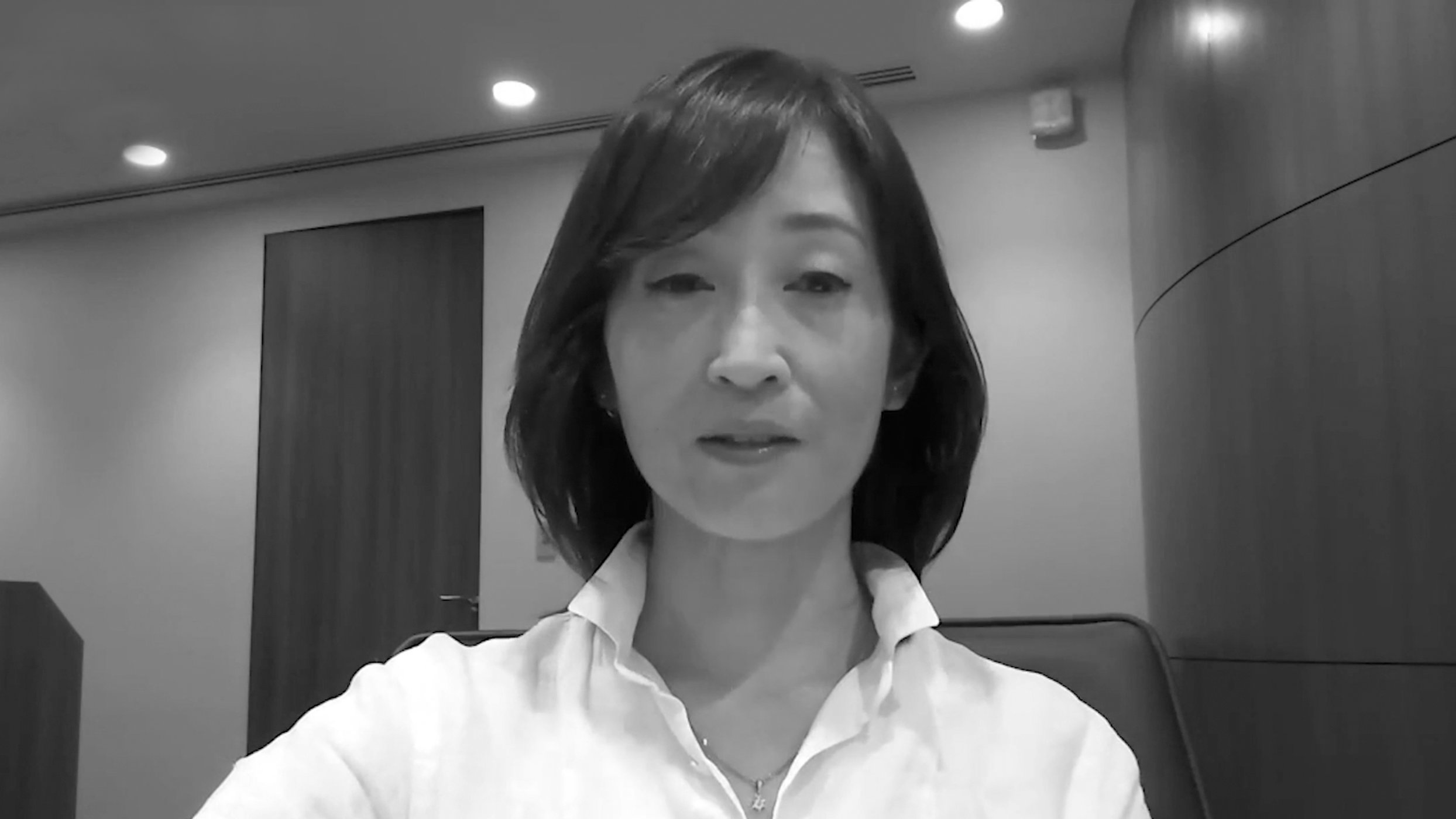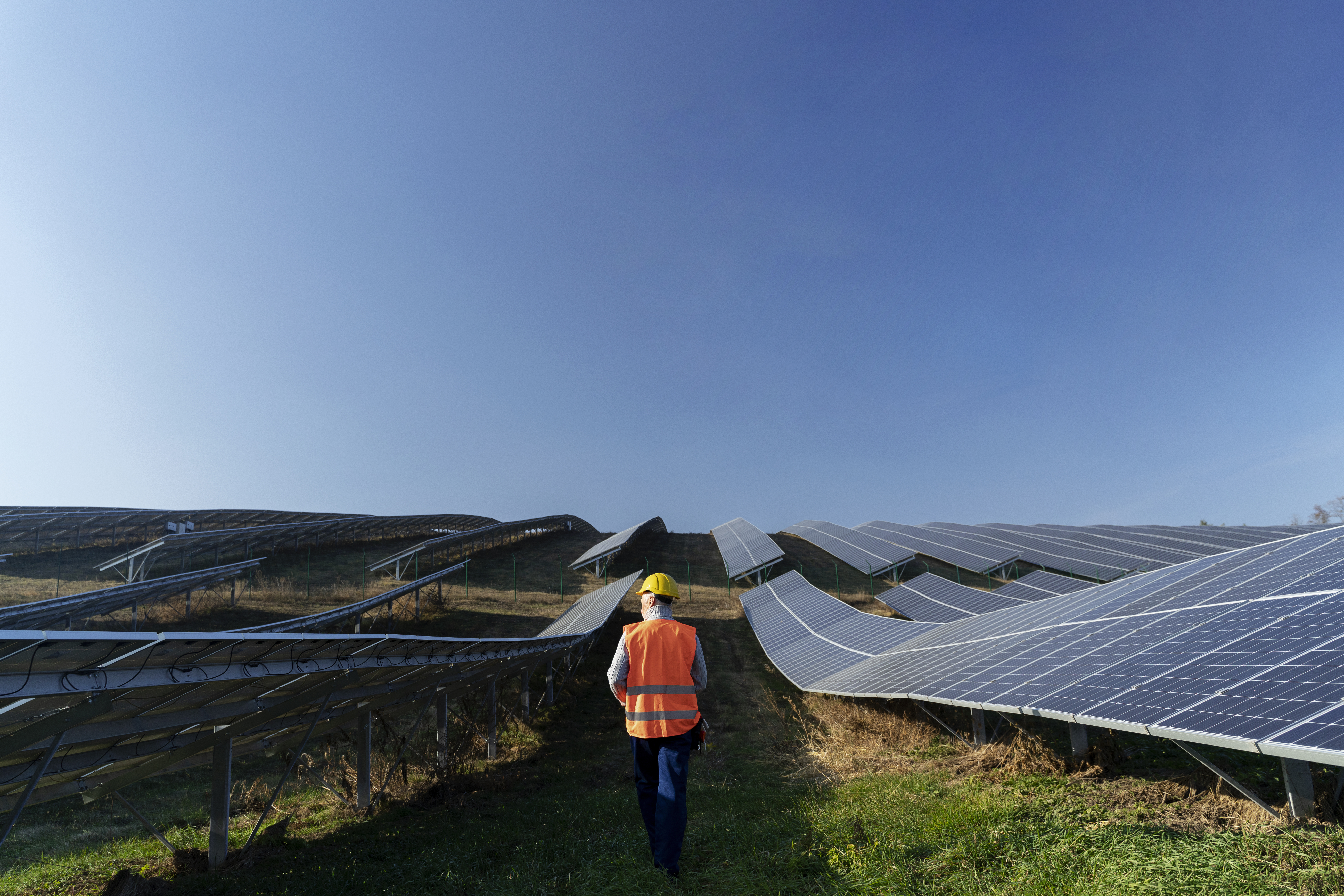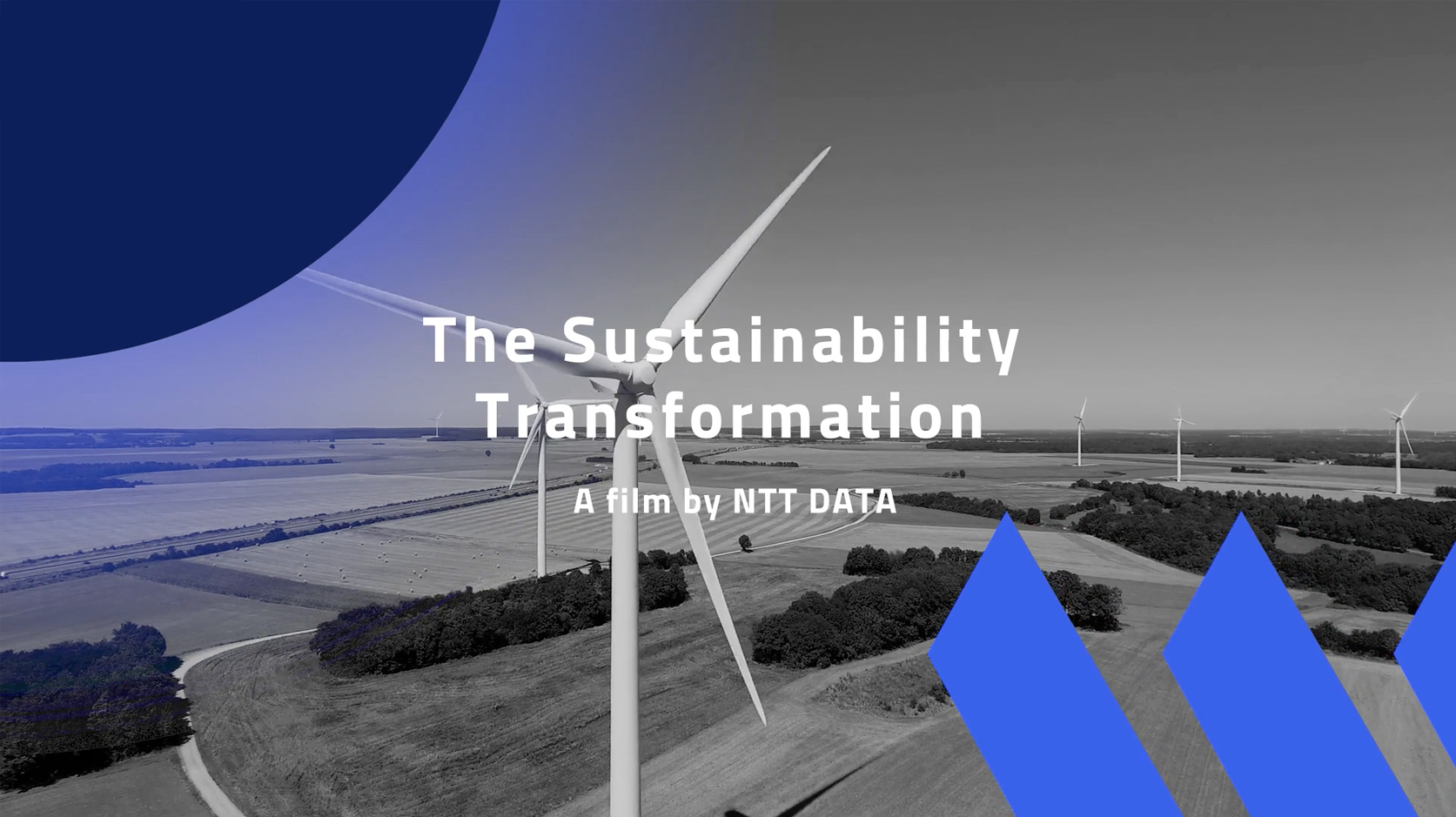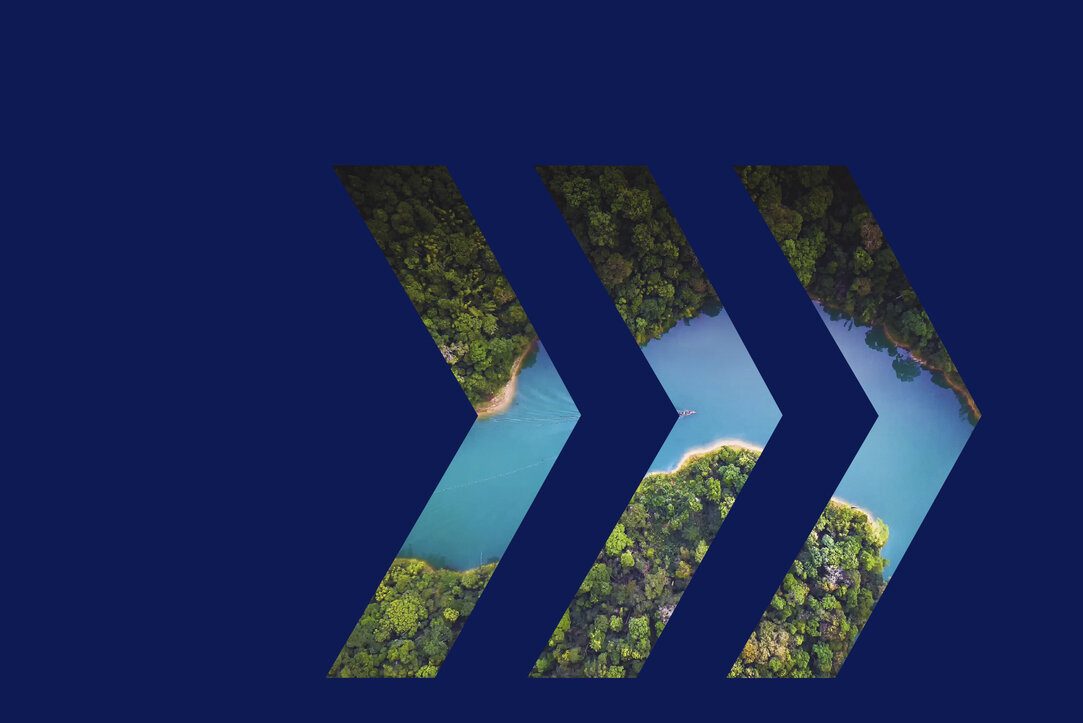
Photograph: Brandon Wong/Unsplash
The modern world owes a lot to women in science, technology, engineering and mathematics (STEM) vocations. They paved the way for phones, TV and the internet with their research on fibre optics. They first identified and isolated stem cells, and they designed the first solar-powered house, among many other things. More recently, women have been instrumental in developing the most effective vaccines against Covid-19.
Innovation requires a blend of backgrounds and experiences to ignite creativity.
Despite their breakthroughs in science and technology across the ages and their prominence in vaccine development, the numbers of women holding computer science and engineering degrees remain low – just 19% and 22% respectively in the US. The tech talent gap, in particular, transcends gender boundaries, and it’s widening globally. As Bob Miano, president and CEO of Harvey Nash USA, told the Wall Street Journal: “CIOs may have great ideas, but if you can’t get the IT talent, that’s a growing problem.”
Innovation requires a blend of backgrounds and experiences to ignite creativity. NTT DATA and everis are working to protect our unique human ability to innovate by creating initiatives to secure more interest in the STEM industries through programmes such as the SENA project and #girlsgonna.
Protecting our present: The SENA project
Colombia’s Servicio Nacional de Aprendizaje (SENA), or national training service, is beloved by the country’s citizens. Its main objective is to lead the comprehensive technical education of the country, aimed at the most vulnerable population.
Every year, about 9 million apprentices pass through SENA’s classrooms. At the end of their education, they are supported in obtaining a dignified, decent and stable job. In this sense, SENA manages almost two thirds of the formal employment in the country. One of SENA’s main indicators of success is to get 57.5% of apprentices to work within 6 months of graduation. And, all training provided is free.
For over four years, everis Colombia and SENA have been designing a digital ecosystem to close the digital divide in Colombia. Their goals are ambitious, aiming to train and employ 70,000 apprentices in new technologies by 2025.
The programme is twofold. First it designs and implements a sustainable talent environment that promotes training in technology fields lacking skilled individuals. Secondly, it provides opportunities for graduates to enter the global market with experience working with a multinational company. The model seeks to offer complimentary training opportunities, improve apprentices’ employability, and guarantee their first work experience.
This is achieved through the apprentices completing a series of challenges monitored by the team. The challenges are real world and requested by SENA, thereby equating their first work experience. This practical stage lasts 6 months, where the apprentices develop projects in emerging technologies such as RPA or analytics and maintain the core systems of the organisation. They participate in the entire software development cycle, from functional and technical design, to development, QA and the transition to production of each challenge.
One of the most advantageous moves in the programme has been the construction of three software development centres in the country: the first in Popayán, continuing with Medellín and the third in Quibdó. Popayán and Quibdó are two of the most unemployed populations in the country. With our training and development centres, we have been able to add around 150 jobs to each community, strengthen the skills of the citizens in new technologies and connect them to the world of work.
With each cohort, we aim to meet the high demand for digital talent in different sectors of the economy, throughout the country and around the world. To date, we’ve instructed and prepared more than 12,000 apprentices, with more enrolling next year.
This year, we are starting with new initiatives framed within the alliance with SENA including the implementation of a ‘Digital Resource Centre’ in Barranquilla, which will provide SENA with the technology and knowledge necessary to be able to build digital content to strengthen their training programmes. We are also developing a new platform for monitoring and communicating with apprentices on the challenges they must solve to graduate. The final initiative for 2021 is the training of 18,000 apprentices, under the Bootcamps methodology, in technologies such as cloud, IoT, web design, among others.
Safeguarding our future: #girlsgonna
Since 2008, a lack of girls in tech has been on everis’s mind. An everis report highlighted a receding interest in tech sciences in Colombia, particularly among women and after seeing that the trends were maintained in 2012 findings, we knew that action needed to be taken.
A year later, we created an animated video series called Noa & Max to generate interest in science and technology among children. This series also aims higher, hoping to help break gender stereotypes associated with the STEM field by including a female main character who solves problems with tech and engineering skills.
If we don’t address the gap, technology will continue to grow with the unconscious biases that lead to a small range of successful developers, of the same types of developers, and society may struggle to innovate to the best of our potential.
In 2015, the everis employees created and delivered far-reaching volunteer robotics and programming workshops. The employees now organise and deliver family-oriented workshops in ten countries across Europe, South and Central America and the US. These workshops seek to inspire technovation through competitions that can win participants sponsorships.
In 2017, we created and launched our successful platform CLOQQ (which stands for Crea Lo Que Quieras—“create what you want”), where children can build music, apps, games and more by learning to code in a block programming environment and most recently, we’ve built on this platform to promote a new educational initiative in 2018: #girlsgonna. Through workshops that make the CLOQQ activities more accessible for every child, we teach young girls and their families about the world of tech while knocking down barriers and stereotypes. The key to this initiative was involving families to reinforce the learning, promote understanding of the field and create a supportive environment for the girls to continue their studies.
Closing the gap
We need more people and more diversity in tech, especially women. If we don’t address the gap, technology will continue to grow with the unconscious biases that lead to a small range of successful developers, and society may struggle to innovate to the best of our potential.
To address this issue, we’re focusing on delivering talent for the workforce now, by creating sustainable ecosystems for continued growth in the sector, and tomorrow, by building interest among the women of the future. The human race doesn’t yet know what we’re capable of. By nurturing a more diverse tech workforce today, we can face the challenges of tomorrow.













































